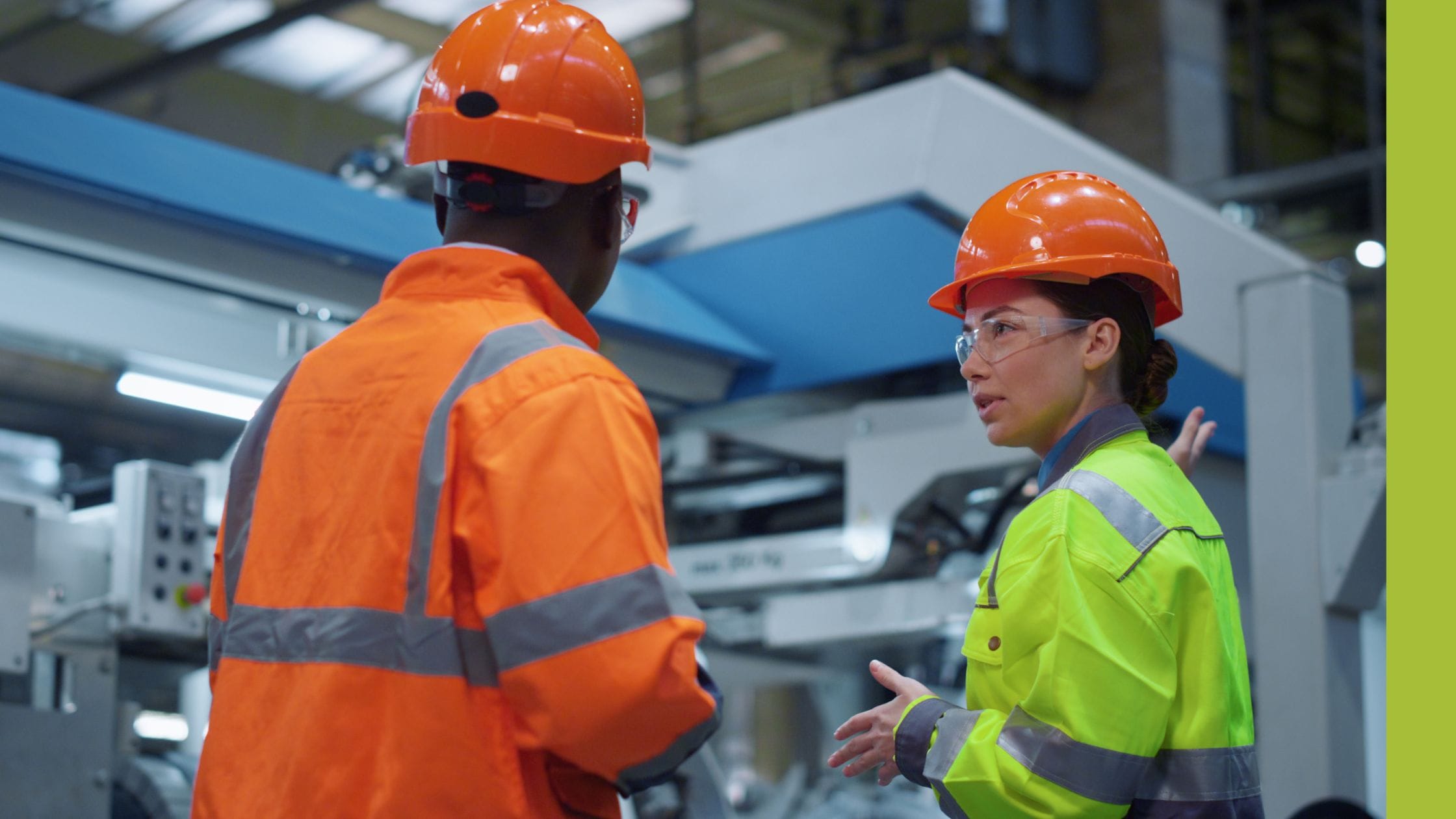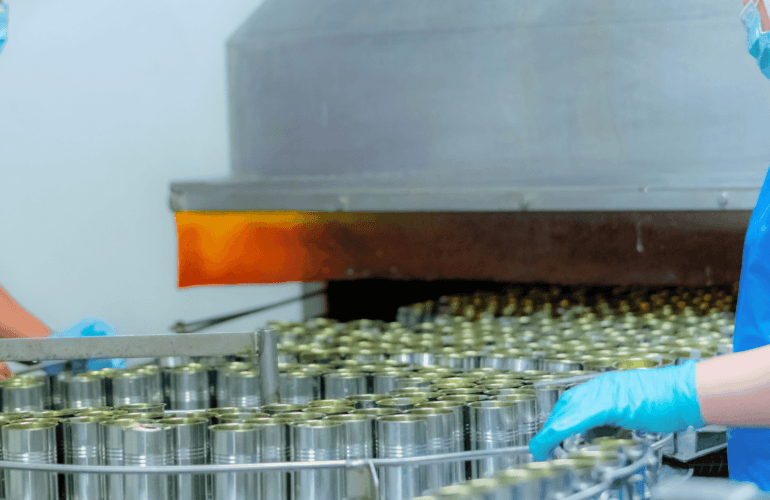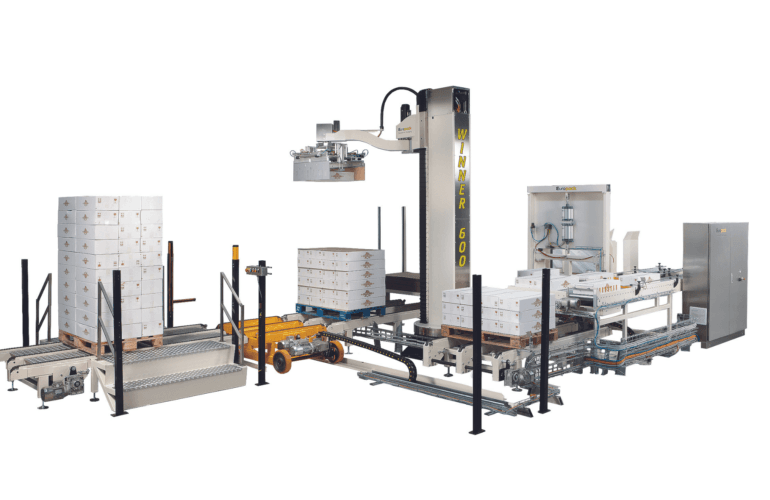Automation in end-of-line manufacturing is often praised for its ability to enhance productivity, improve consistency, and reduce operational costs. However, another of its critical advantages is its contribution to workplace safety.
By taking on repetitive, labour intensive, or hazardous tasks like palletising, packing, and labeling, automated end-of-line equipment helps to create safe working environments. To realise the safety benefits of automation systems, however, requires ongoing attention, training, and maintenance.
There are a number of important steps that should be taken to ensure safety when introducing new automation systems, something which we have written about in the past. In this blog, we take a closer look at the key measures that help ensure end-of-line automation systems remain safe, compliant, and reliable throughout their operational lifecycle.
The benefits of maintaining automation safety
Maintaining safety in end-of-line automation is essential not only for compliance but for supporting long-term operational performance. Safe automation systems reduce risk, improve reliability, and protect both people and products. Key benefits include:
- Reducing workplace injuries and exposure to hazardous tasks
- Safeguarding the health and wellbeing of workers
- Enhancing product quality and safety
- Minimising disruption and downtime
A proactive approach to maintaining high safety standards supports operational resilience, employee wellbeing, and overall production performance in manufacturing settings.
How to keep end-of-line automation systems safe and compliant
In our previous blog we shared the key steps that should be taken to ensure that automation systems are set up for safety and success. This should include:
- Conducting risk assessments
- Investing in the right equipment and professional installation
- Implementing training programmes
- Fostering a safety-first culture
However, maintaining safety in end-of-line manufacturing requires ongoing attention and upkeep.
It is vital for manufacturers to stay up to date with industry standards and safety requirements, to ensure that your automation strategy supports both operational efficiency and a safe, compliant workplace. This includes keeping pace with evolving legislation, technology updates, and best practice guidelines from relevant regulatory bodies such as the HSE and ISO.
Risk assessments should be reviewed and updated regularly. This is especially important following equipment upgrades, layout changes, or the introduction of new processes, to ensure that potential hazards are identified and mitigated. Keeping risk assessments up to date also helps to maintain compliance and supports a safety-first culture.
Ongoing operator training is essential to ensure that staff remain confident and competent in working with automated systems. Regular refresher courses and upskilling, with a focus on reinforcing safe operating procedures, will help to reduce the likelihood of errors, downtime, and equipment misuse.
End-of-line automation equipment should be inspected periodically to confirm it continues to meet current safety standards and operational requirements. During inspection, issues with wear and tear, faults, or outdated features can be identified, and appropriate arrangements can be made for repairs, upgrades, or replacements to be carried out.
Regular maintenance is also vital to ensure that safety mechanisms, such as sensors, guards, and emergency stops, function reliably. Proactive maintenance and timely upgrades contribute to maintaining a safe and productive working environment.




